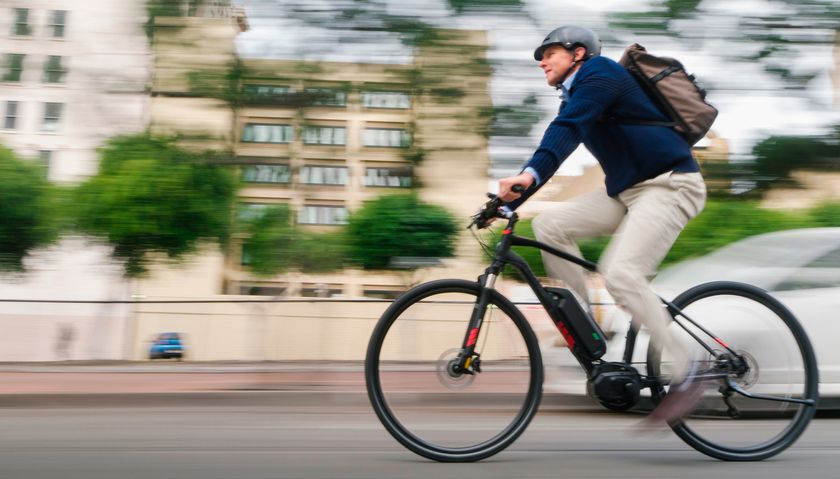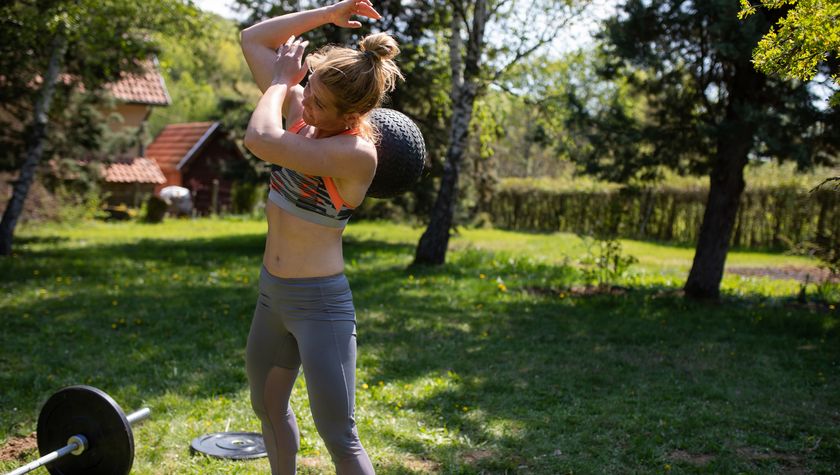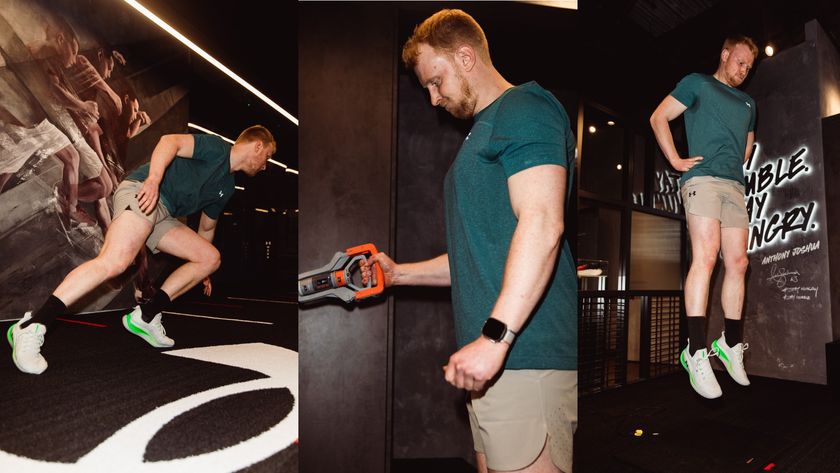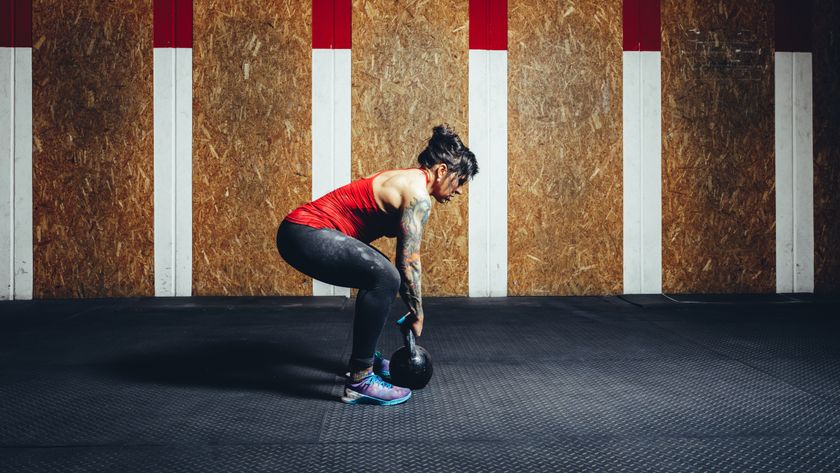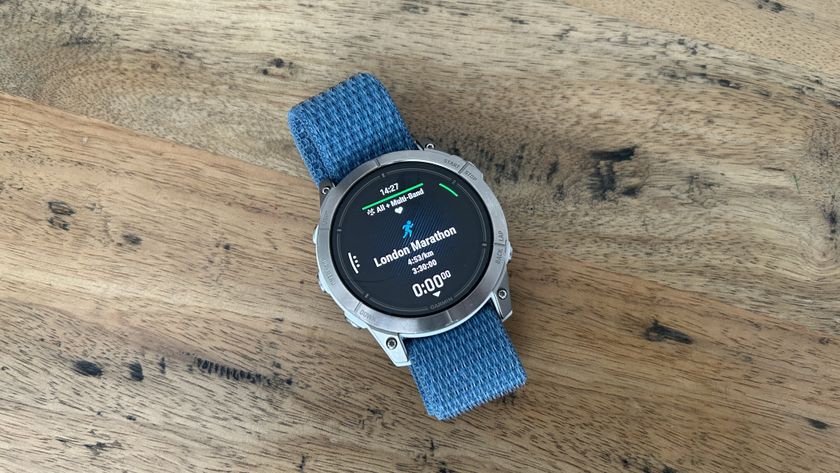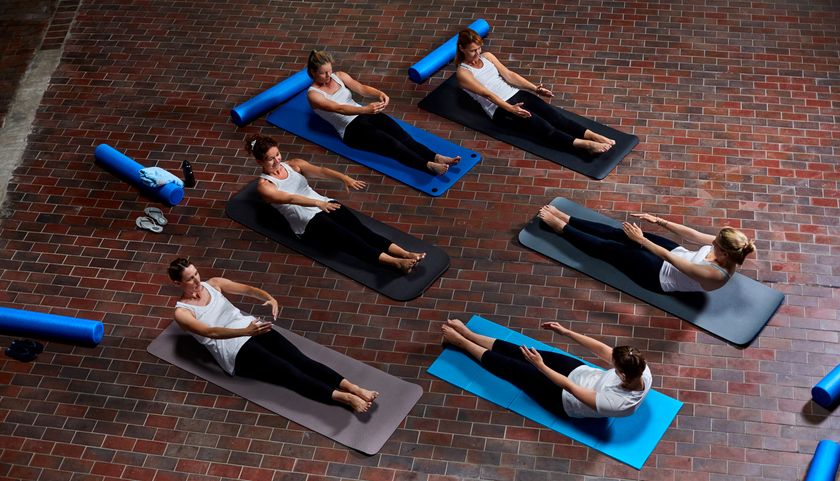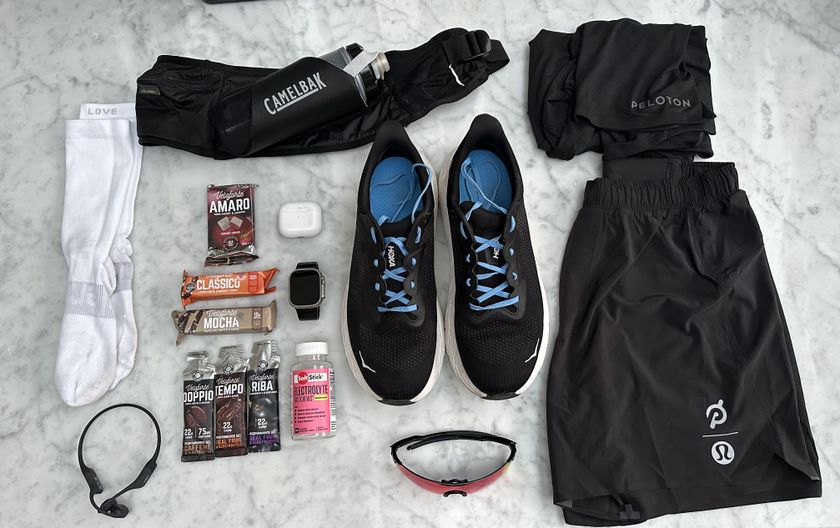How To Do The Thruster—A CrossFit Staple For Total-Body Conditioning
Learn the correct form for the barbell thruster to build whole-body strength and gain an edge in CrossFit competitions
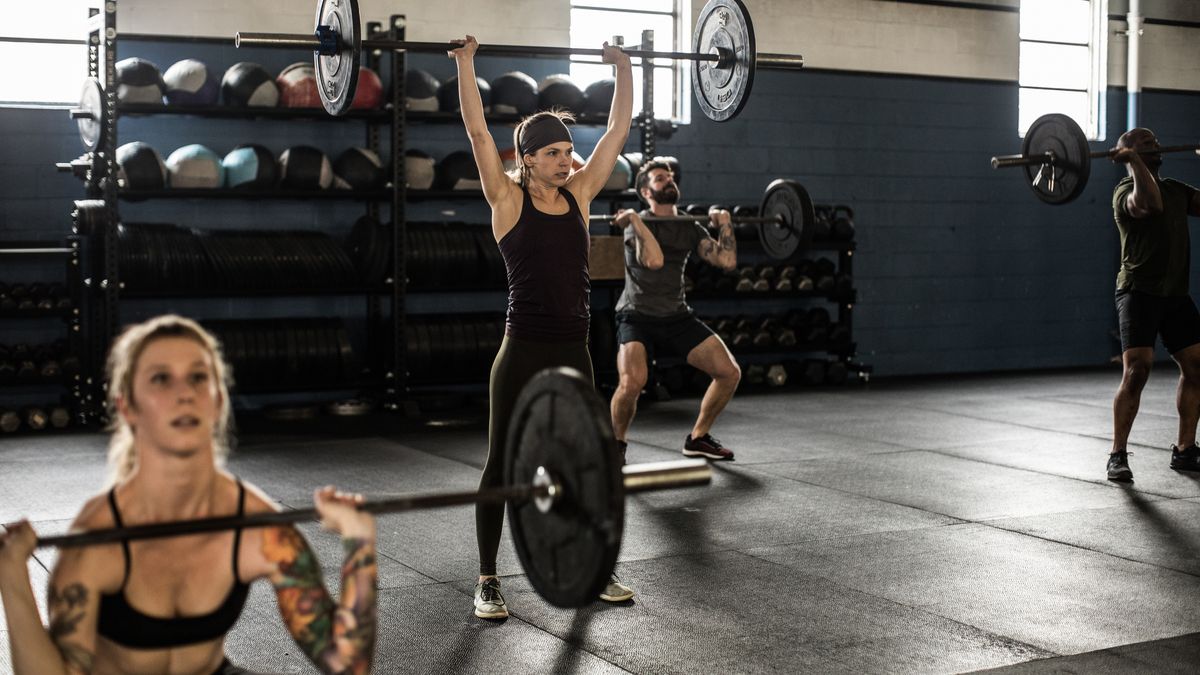
The word “thruster” strikes fear into CrossFit fans the world over, yet they continue to do the move. Why? Because it’s effective.
The thruster is a one-stop shop for total-body conditioning, developing muscular endurance and delivering significant cardio fitness gains. If you want to put this to the test, see how hard you’re breathing after a quick 10.
The ability to rattle through reps is an important skill for any competent CrossFitter to master—you’ll need to do 45 thrusters to finish the CrossFit workout Fran, which is a rite of passage for box-goers.
To help you perfect the technique and improve your performance we spoke to professional CrossFit athlete Victor Hoffer. But before Hoffer discusses the finer points of the thruster, here’s which muscles the thruster works and our explanation of thruster form.
Which muscles does the thruster work?
The squatting part of the moment targets all the major muscles in your lower body, with your quads, hamstrings and glutes all put to work. As you move the weight up your core takes over, and then the overhead press section strengthens the entire upper body and your shoulders in particular.
How To Do The Barbell Thruster
Start with the barbell in a front rack position, across your shoulders in front of your neck. Your upper arms should be roughly parallel to the floor. Your elbows should be pointing forward and bent so you can hold the bar with your hands.
Keeping your elbows high, squat down until your hips are level with, or below, your knees, then explode back up to standing. As you do this, use the momentum from your leg drive to extend your arms straight up and drive the barbell overhead.
Lower the barbell back to the front rack position on your shoulders and immediately start squatting to transition into the next rep.
Get the Coach Newsletter
Sign up for workout ideas, training advice, reviews of the latest gear and more.
This should be one fluid movement, rather than a separate front squat and push press, and the bar should travel in a vertical path—straight up and down. At the top of the rep, your hips, ankles, shoulders, elbows and wrists should all be in line.
You can approach the barbell thruster in two ways. Going for a heavier weight and doing low reps will help you build power and strength. Alternatively use a lighter weight and up the reps for a faster-paced, fat-torching, high-intensity workout.
Thruster Form Tips
So now you can do a thruster. Great. But one is rarely enough. In CrossFit, you’re most likely to see thrusters performed at speed, and there’s a knack to doing that efficiently and effectively. To help you get the hang of it, here are professional CrossFitter and Represent 247 athlete Victor Hoffer’s top tips.
Maximize your cycle speed
Hoffer’s first piece of advice is to move weight quickly where possible, rather than grinding through reps.
“A lot of people take a very long time with their thrusters,” he says. “If you check how long people need to do 10 reps, I might need 25 seconds, but some people might need 32 or 33 seconds.”
While we wouldn’t expect you to match the speed of a professional CrossFit athlete for RX weights, try dropping the weight and developing your ability to move at speed.
Break up long sets
To keep your speed up during long sets, Hoffer suggests taking a short-and-often approach to breaks, rather than holding on for a large set and then taking an age to press the barbell overhead because you’ve lost the lung capacity to keep up the momentum.
“I prefer to do a quick set, breathe, another quick set, breathe, rather than long sets,” says Hoffer.
Hoffer also divides up a big set into a series of sets that gradually shrink in size, helping keep your motivation levels high. In practice, that might mean splitting the 21 reps in the first round of Fran into an eight, seven and six.
Common Thruster Mistakes
Thrusters aren’t especially complicated, but there are still a few pitfalls Hoffer has spotted people falling into when performing them.
Letting the barbell travel forward
In the CrossFit Open, we usually have a lot of thrusters,” says Hoffer. “You see people try to do them faster and push the barbell out in front of them, but the better position is to have the barbell over the shoulder and hip.”
To minimize the risk of costly no-reps in competition, make sure you’re locking out your arms directly overhead.
For reference, in CrossFit Open workout 23.2—a one-rep max thruster—a rep was credited when “the athlete’s hips, knees and arms are fully extended, and the bar is directly over, or slightly behind, the middle of the body”.
Not going low enough
You shouldn’t sacrifice form for speed at the top or bottom of this exercise, says Hoffer, who sees a lot of people not going low enough on the squat.
To meet CrossFit’s movement standards, “the crease of the hips must clearly pass below the top of the knees in the bottom position”.
Thruster Workout
This workout from Hoffer is designed to increase your muscular endurance. It keeps your heart rate high, simulating an Open-style workout, so you can practice performing thrusters under fatigue.
Complete the following in two minutes then rest for one minute. Complete five rounds in total.
- Thruster x 10
- Burpee box jump over x 10
- Thruster x AMRAP
Thruster Variations
Dumbbell Thruster
The form doesn’t differ much, but there are benefits to doing the move with dumbbells. First, if you have any wrist or shoulder issues that flare up when using a barbell, using dumbbells might be more comfortable because you hold them with your palms facing during the thruster, rather than the overhand grip used with a barbell.
The other major advantage dumbbells have over barbells is that they’ll train each side of the body separately, so you can’t rely on one stronger side to push the weight up. Identifying and addressing imbalances in your muscles is important for reducing the risk of injury. If you notice that one side struggles with a weight that the other is managing comfortably when doing the thruster, it’s worth targeting your weaker side in your workouts until both sides are equally strong.
To do the dumbbell thruster hold two weights by your shoulders, with your palms facing. Drop into a squat, then push up and press the weights straight overhead until your arms are fully extended. Then lower the dumbbells back to the starting position.
Kettlebell Thruster
The kettlebell thruster offers many of the same benefits as the dumbbell thruster, working each side of the body separately to expose and correct any weaknesses, but there are a couple of reasons to use kettlebells instead of dumbbells. One is that you might only have kettlebells available (a very good reason, that) and the other is that the off-centre load of the kettlebell can provide an extra challenge to your core while you perform the thruster.
Hold two kettlebells in the rack position by your shoulders with the bell resting on your forearm and your elbows pointing down. Drop into a squat, then drive back up and push the kettlebells overhead.
Single-Arm Thruster
This is one of the rare occasions where halving the weight can increase the challenge of an exercise, to your core at least. Holding only one dumbbell or kettlebell during the exercise (don’t do single-arm thrusters with a barbell, obviously) means your body has to work to resist rotating towards that side, strengthening your core muscles. You might find that a lighter weight is required to avoid being pulled over to one side, but otherwise perform the dumbbell or kettlebell thruster as normal, holding the weight by your shoulder and pushing it overhead as you come out of a full squat.

Harry covers news, reviews and features for Coach, Fit&Well and Live Science. With over a decade of training experience, he has tried everything from powerlifting to gymnastics, cardio to CrossFit, all in a bid to find fun ways of building a healthy, functional body.
- Nick Harris-FrySenior writer

